According to NASA, the universe is composed of three things. About 4.6% of it is normal (visible) matter, 24% is dark matter and the remaining 71.4% is made up of dark energy.
In other words, hypothetically speaking, around 95% of everything in the universe can’t even be seen.
Now a Hungarian and American team of scientists have created a model of the universe that suggests dark energy may not exist at all. Their findings are detailed in the Monthly Notices of the Royal Astronomical Society.
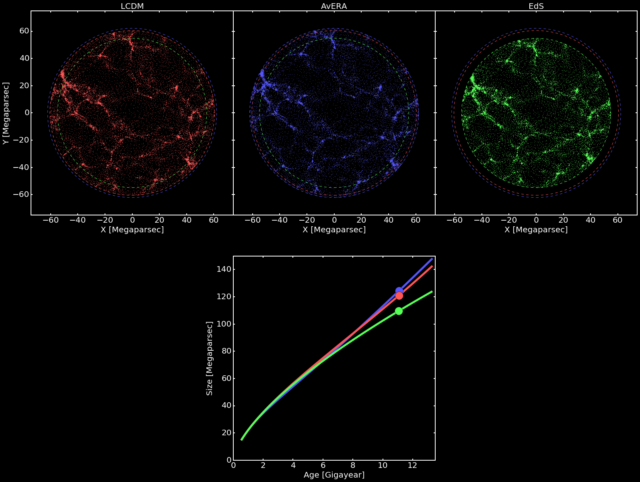
A still from an animation that shows the expansion of the universe in the standard ‘Lambda Cold Dark Matter’ cosmology, which includes dark energy (top left panel, red), the new Avera model, that considers the structure of the universe and eliminates the need for dark energy (top middle panel, blue), and the Einstein-de Sitter cosmology, the original model without dark energy (top right panel, green). (István Csabai et al.)
Uneven expansion
The scientists suggest that standard models of our universe fail to explain its changing structure and depend on mathematical approximations to Einstein’s equations. Once this is taken into consideration, the researchers assert that the need for the use of mysterious dark energy disappears.
To develop their findings, the researchers used a computer simulation that modeled the effect gravity has on the allocation of millions of particles of dark matter. With the simulation, they were able to reconstruct the evolution of the universe.
The researchers suggest that, unlike conventional simulations that show a smoothly and evenly expanding universe, taking into account the changing structure of the universe allowed them to develop a new model that shows various regions of space expanding at different rates.
They found that averaging the various expansion rates supported and was consistent with current observations, which suggests that there’s an overall acceleration in the expansion of the universe.
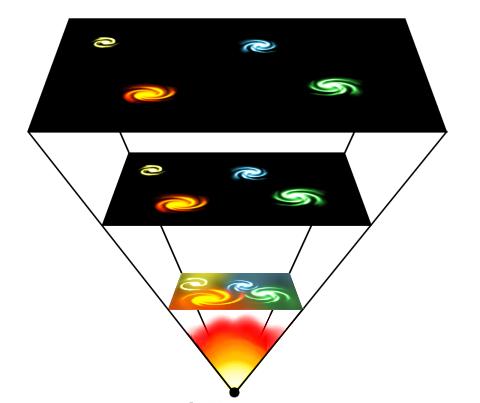
The Big Bang theory says the universe expanded from an extremely dense and hot state (bottom) and continues to expand today (top) (Wikimedia Commons)
Dark roots
The idea of the mysterious entities dark matter and dark energy may be traced to when Albert Einstein developed his theory of General Relativity over 100 years ago.
Einstein, along with many of his colleagues, initially thought that the universe remained static or stationary.
But the calculations Einstein made as he developed his famous theory suggested quite the opposite: that the universe had to be either expanding or collapsing.
So to explain how the universe can remain static — despite his own evidence of the contrary — Einstein developed a mathematical fix he called the “cosmological constant”.
In the 1920’s, Georges Lemaitre, a Roman Catholic priest, astronomer and professor of physics at Belgium’s Catholic University of Leuven; and Edwin Hubble, namesake of NASA’s Hubble Space Telescope, published papers that provided evidence of an expanding universe.
In 1931, after working with Willem de Sitter, a theoretical physicist and astronomer, Einstein finally agreed that the universe was indeed expanding.
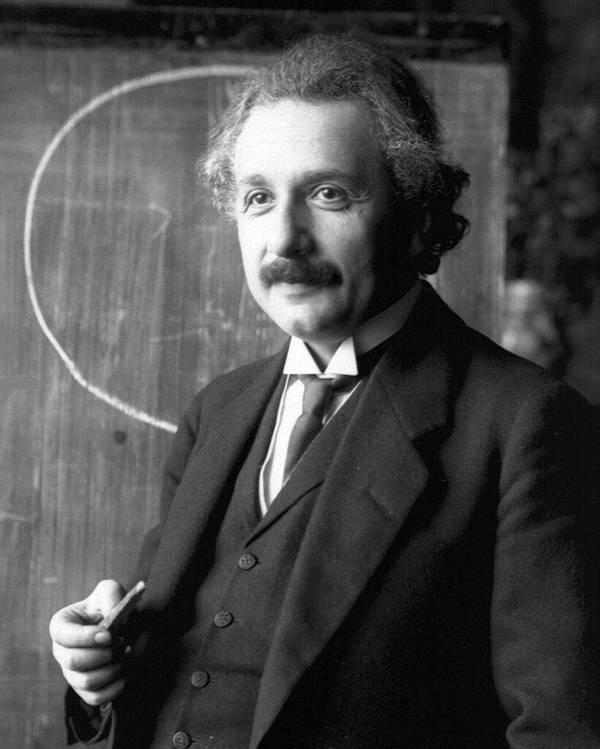
Albert Einstein- circa 1921 (Creative Commons/Wikipedia)
Scientists introduced the concept of the mysterious dark energy as the force that drives this expansion of the universe.
Saul Perlmutter, Brian P. Schmidt and Adam G. Riess shared the 2011 Nobel Prize in Physics for their 1998 discovery that the universe was not only expanding but the rate of expansion is actually accelerating.
The trio of scientists discovered the accelerating expansion of the universe after observing a distant supernovae.
They theorized that this accelerating expansion of the universe was due to the power of the mysterious, unexplained “dark energy”.
Dr. László Dobos of the Eötvös Loránd University is one of the co-authors of the new study. While he acknowledges that the expansion universe is accelerating Dobos notes, “at the same time we rely on coarse approximations to Einstein’s equations which may introduce serious side-effects, such as the need for dark energy, in the models designed to fit the observational data.”
The researchers assert that if their findings are upheld, it could significantly impact current models of the universe and perhaps alter the direction of physics research.

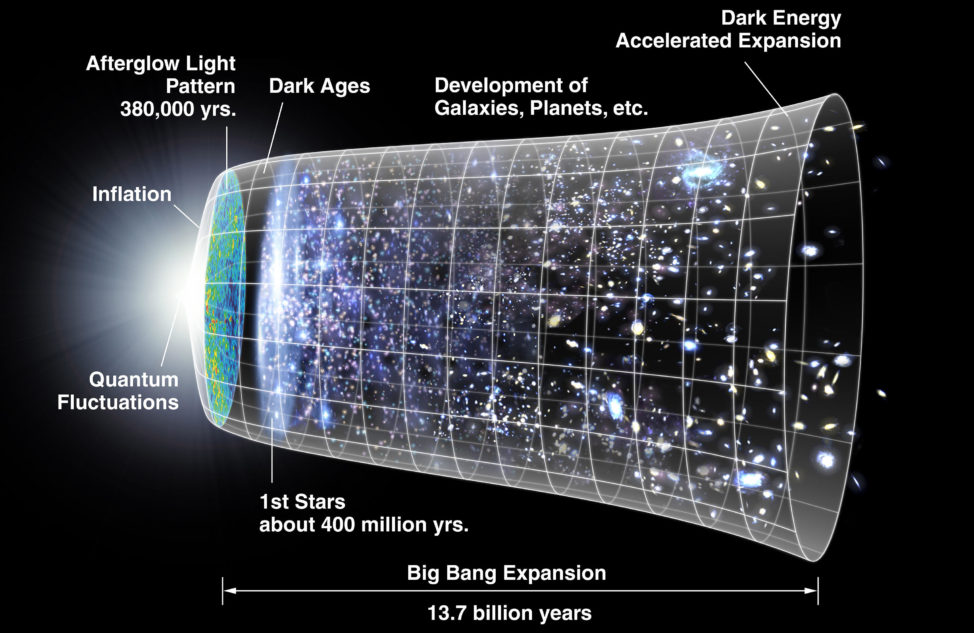
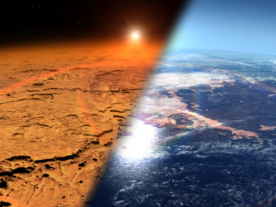




















This whole thing of the dark energy reminds not only the “cosmological constant”, but the older “ether”, the invisible hypothetical fluid, without weight and elastic, that was considered that filled the whole space and constituted the means transmitter of all the manifestations of the energy.
Dark energy should be called “arrogance”, because is just a manner to do not accept the simple and plain ignorance.